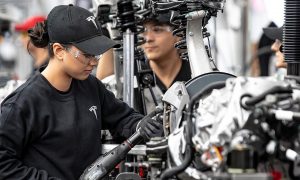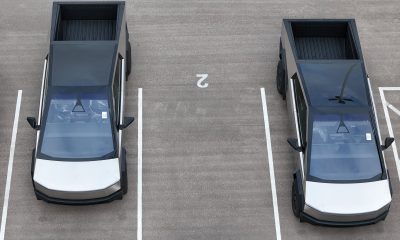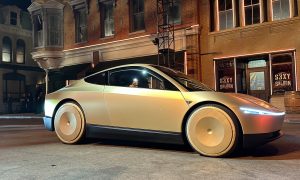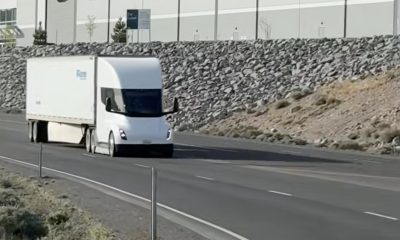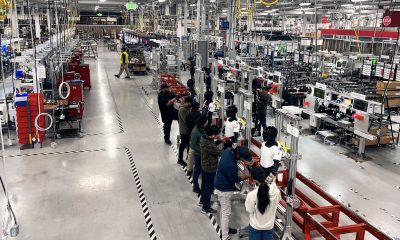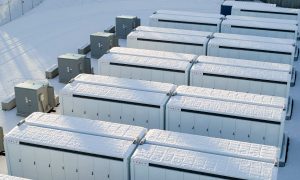News
Tesla Calls Danish Tax Plan A Death Knell For Electric Cars
Tesla says a plan by Denmark to phase in its 180% registration tax on electric cars is unfair and may be the death knell for electric cars in the country.
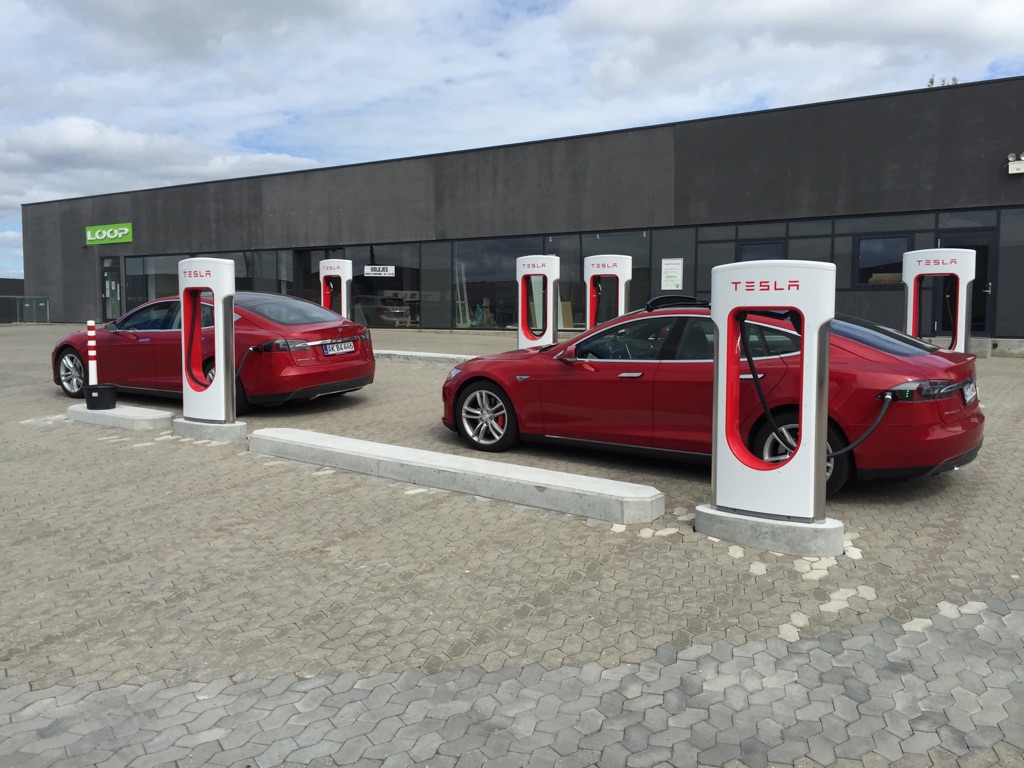
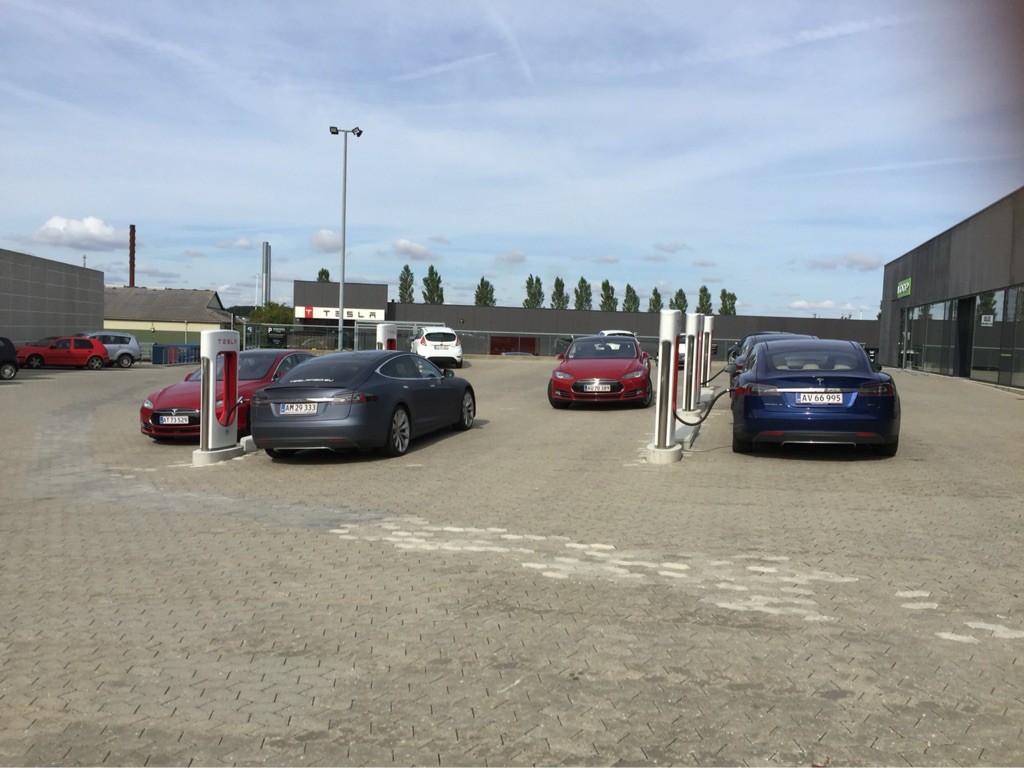
Tesla Service Center Aarhus-Viborgvej, Denmark [Source: Frederik C via Tesla Lifestyle App]
Tesla owners in Denmark have been exempt from the infamous 180% new car registration tax because of the government’s incentive for electric vehicles. That will soon change as Denmark is in the process of reassessing its national policies for reducing carbon emissions.
Just last week, Climate Minister Lars Christian Lilleholt said he will not push to meet Denmark’s existing goal of reducing emissions by 40% by 2020 because doing so will be too expensive for Danish businesses.
As part of that reassessment, a new Danish tax plan will phase in the registration tax on electric cars over the next 5 years. The government says doing so will be fairer to those who buy conventional cars and add almost $100,000,000 annually to the nation’s coffers. But Tesla, which makes the top selling electric car in Denmark, has slammed the plan as anti-competitive and a death knell for the industry. Under the plan, the price of a Tesla Model S P85D will soar from $131,250 (862,000 kroner) to more than $270,000 (1,807,100 kroner).
“All things being equal, this is not a phasing-in of levies on electric cars but rather a phasing out of electric cars in Denmark,” said Tesla’s Danish spokesman, Esben Pedersen, according to Danish media outlet, The Local. He said the plan, which will see prices on Tesla’s luxury models climb much higher than the increases on smaller and cheaper models, is unfair.
The company plans to file a complaint with the European Union. Pedersen tells Denmark’s TV2,
“We will contact the EU because we believe that the electric car agreement is anti-competitive and singles out Tesla. The deal will hit the entire electric car model and will eliminate it instead of developing it”
The Danish government defended the move, which has broad support from the Social Democrats, Danish People’s Party and Social Liberals. Tax Minister Karsten Lauritzen said that the new plan “balances the needs for the continued expansion of electric cars in Denmark, the public purse and fairness within the automobile market.”
“Electric cars have for a long time been better positioned than other cars by being completely exempt from the registration tax. Many regular Danes have a hard time understanding why they should pay the full registration tax for their regular cars while those who can afford an electric car have gotten off completely free,” Lauritzen said in a press release. 1,240 electric cars were sold in Denmark during the first six months of 2015 according to the European Automobile Manufacturers Association, nearly double the number bought in 2014.
Denmark’s rethinking of its plans to reduce carbon emissions comes just a few months ahead of the next global climate change conference, which will take place in Paris this December. While the new plan only seeks to reduce emissions by 37% instead of 40%, climate activists are calling the changes short sighted and dangerous.
Until this point, Denmark has been one of Europe’s “greenest” countries. It has made a significant investment in offshore wind power and actually produced 140% of its national electricity needs one day this past July. Its decision to re-balance its economic and sustainability objectives may be a preview of the thorny issues the international delegates will confront in Paris. It may also presage the policy debate that will take place in the United States when the current federal tax credit for electric cars expires at the end of 2016.
Elon Musk
Elon Musk is now a remote DOGE worker: White House Chief of Staff
The Tesla and SpaceX CEO Elon Musk is no longer working from the West Wing.
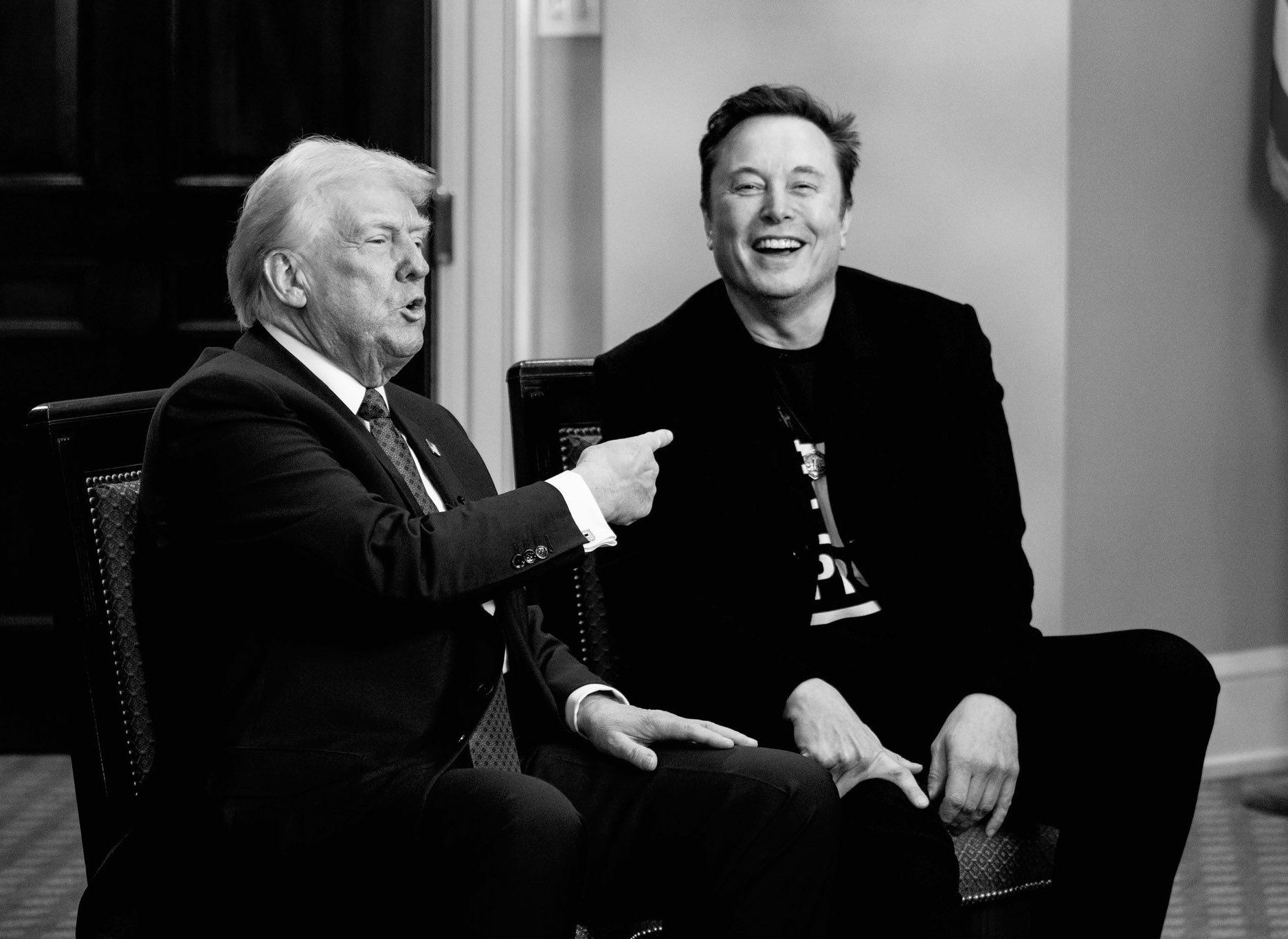
In a conversation with the New York Post, White House Chief of Staff Susie Wiles stated that Tesla and SpaceX CEO Elon Musk is no longer working from the West Wing.
As per the Chief of Staff, Musk is still working for DOGE—as a remote worker, at least.
Remote Musk
In her conversation with the publication, Wiles stated that she still talks with Musk. And while the CEO is now working remotely, his contributions still have the same net effect.
“Instead of meeting with him in person, I’m talking to him on the phone, but it’s the same net effect,” Wiles stated, adding that “it really doesn’t matter much” that the CEO “hasn’t been here physically.” She also noted that Musk’s team will not be leaving.
“He’s not out of it altogether. He’s just not physically present as much as he was. The people that are doing this work are here doing good things and paying attention to the details. He’ll be stepping back a little, but he’s certainly not abandoning it. And his people are definitely not,” Wiles stated.
Back to Tesla
Musk has been a frequent presence in the White House during the Trump administration’s first 100 days in office. But during the Q1 2025 Tesla earnings call, Musk stated that he would be spending substantially less time with DOGE and substantially more time with Tesla. Musk did emphasize, however, that DOGE’s work is extremely valuable and critical.
“I think I’ll continue to spend a day or two per week on government matters for as long as the President would like me to do so and as long as it is useful. But starting next month, I’ll be allocating probably more of my time to Tesla and now that the major work of establishing the Department of Government Efficiency is done,” Musk stated.
Elon Musk
Tariff reprieve might be ‘Tesla-friendly,’ but it’s also an encouragement to others
Tesla stands to benefit from the tariff reprieve, but it has some work cut out for it as well.
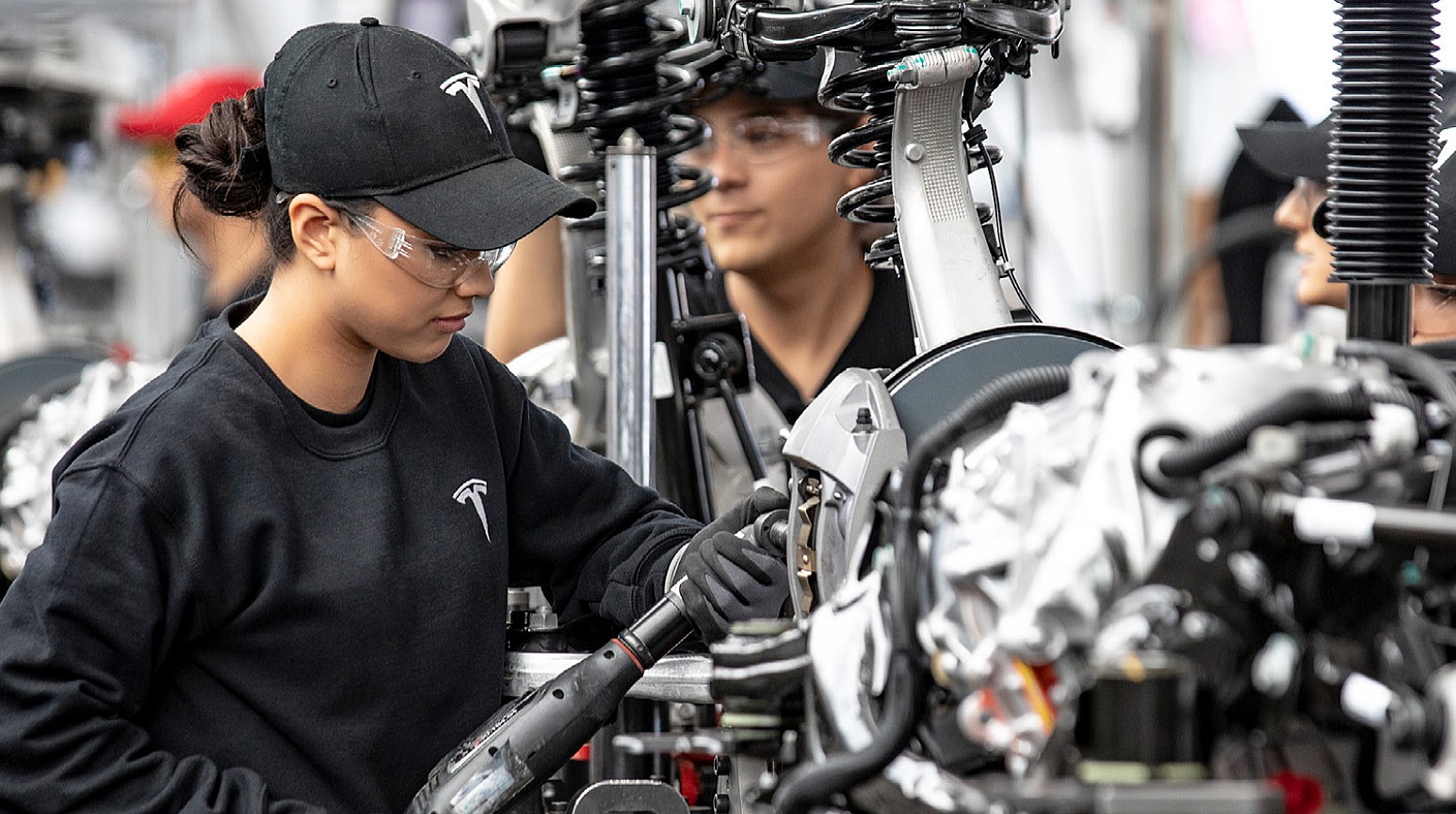
After Secretary of Commerce Howard Lutnick made adjustments to the automotive tariff program that was initially announced, many quickly pointed to the reprieve as “Tesla-friendly.”
While that may be the case right now, it was also a nudge of encouragement to other companies, Tesla included, to source parts from the U.S. in an effort to strengthen domestic manufacturing. Many companies are close, and it will only take a handful of improvements to save themselves from tariffs on their cars as well.
Yesterday, Sec. Lutnick confirmed that cars manufactured with at least 85 percent of domestic content will face zero tariffs. Additionally, U.S. automakers would receive credit up to 15 percent of the value of vehicles to offset the cost of imported parts.
Big Tesla win? Sec Lutnick says cars with 85% domestic content will face zero tariffs
“This is ‘finish your cars in America and you win’,” Lutnick said.
Many were quick to point out that only three vehicles currently qualify for this zero-tariff threshold: all three are Teslas.
However, according to Kelley Blue Book’s most recent study that revealed who makes the most American cars, there are a lot of vehicles that are extremely close to also qualifying for these tariff reductions.
Tesla has three vehicles that are within five percent, while Ford, Honda, Jeep, Chevrolet, GMC, and Volkswagen have many within just ten percent of the threshold.
Tesla completely dominates Kogod School’s 2024 Made in America Auto Index
It is within reach for many.
Right now, it is easy to see why some people might think this is a benefit for Tesla and Tesla only.
But it’s not, because Tesla has its Cybertruck, Model S, and Model X just a few percentage points outside of that 85 percent cutoff. They, too, will feel the effects of the broader strategy that the Trump administration is using to prioritize domestic manufacturing and employment. More building in America means more jobs for Americans.
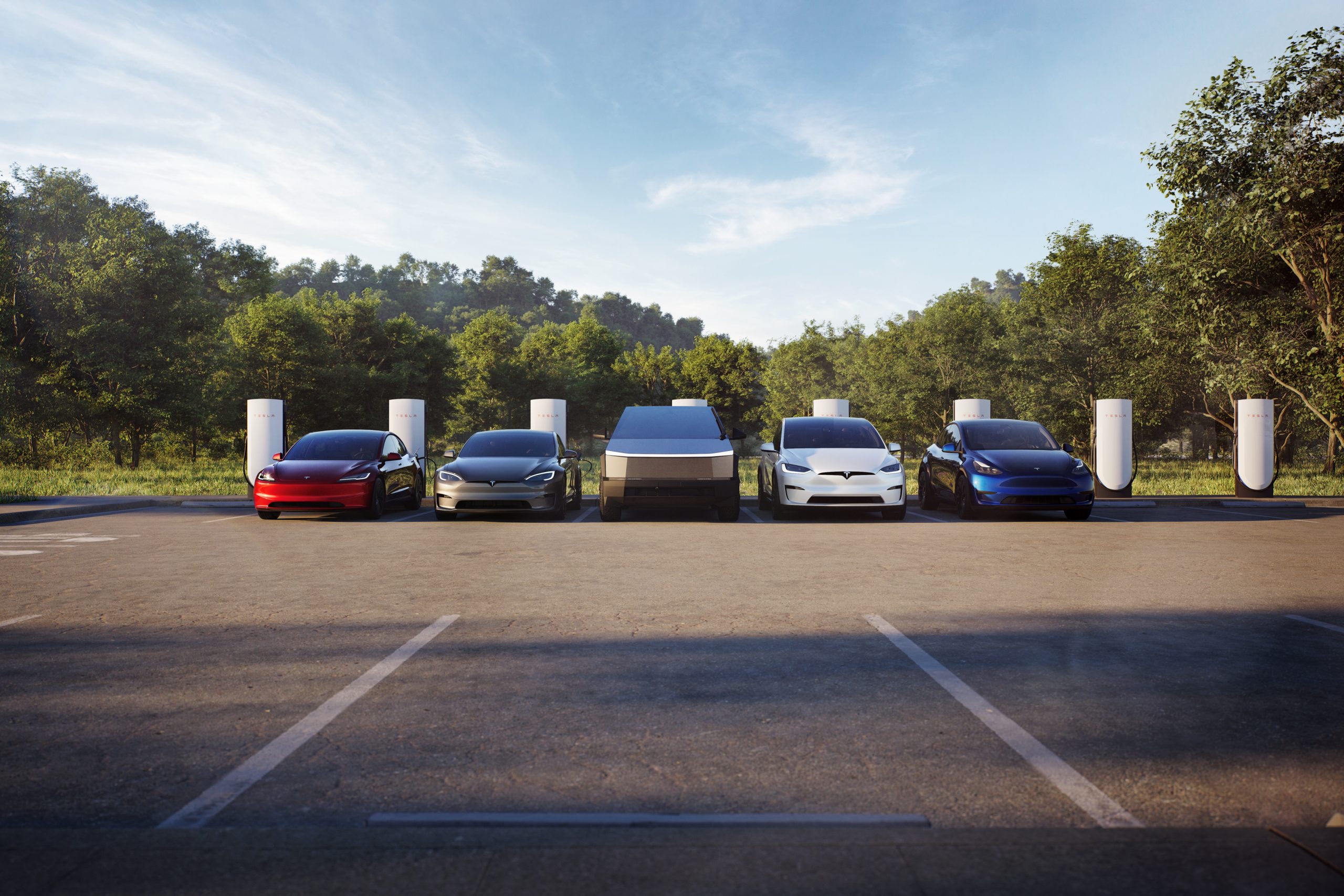
Credit: Tesla
However, other companies that are very close to the 85 percent cutoff are only a few components away from also saving themselves the hassle of the tariffs.
Ford has the following vehicles within just five percent of the 85 percent threshold:
- Ford Mustang GT automatic (80%)
- Ford Mustang GT 5.0 (80%)
- Ford Mustang GT Coupe Premium (80%)
Honda has several within ten percent:
- Honda Passport All-Wheel-Drive (76.5%)
- Honda Passport Trailsport (76.5)
Jeep has two cars:
- Jeep Wrangler Rubicon (76%)
- Jeep Wrangler Sahara (76%)
Volkswagen has one with the ID.4 AWD 82-kWh (75.5%). GMC has two at 75.5% with the Canyon AT4 Crew Cab 4WD and the Canyon Denali Crew Cab 4WD.
Chevrolet has several:
- Chevrolet Colorado 2.7-liter (75.5%)
- Chevrolet Colorado LT Crew Cab 2WD 2.7-liter (75.5%)
- Chevrolet Colorado Z71 Crew Cab 4WD 2.7-liter (75.5%)
These companies are close to reaching the 85% threshold, but adjustments need to be made to work toward that number.
Anything from seats to fabric to glass can be swapped out for American-made products, making these cars more domestically sourced and thus qualifying them for the zero-tariff boundary.
Frank DuBois of American University said that manufacturers like to see stability in their relationships with suppliers and major trade partners. He said that Trump’s tariff plan could cause “a period of real instability,” but it will only be temporary.
Now is the time to push American manufacturing forward, solidifying a future with more U.S.-made vehicles and creating more domestic jobs. Tesla will also need to scramble to make adjustments to its vehicles that are below 85%.
News
Tesla Cybertruck RWD production in full swing at Giga Texas
Videos of several freshly produced Cybertruck LR RWD units were shared on social media platform X.
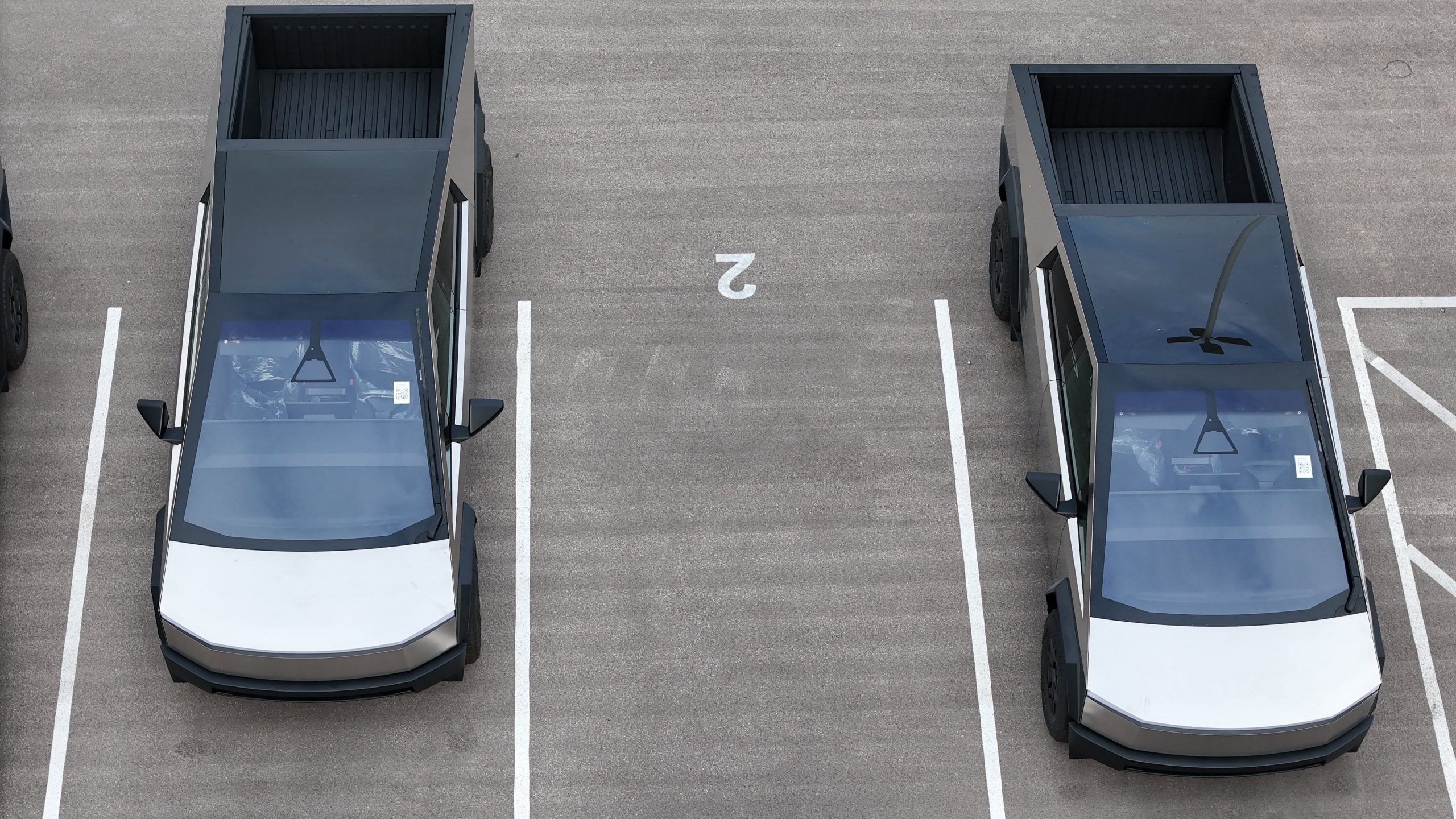
It appears that Tesla is indeed ramping the production of the Cybertruck Long Range Rear Wheel Drive (LR RWD), the most affordable variant of the brutalist all-electric pickup truck.
Videos of several freshly produced Cybertruck LR RWD units were shared on social media platform X.
Giga Texas Footage
As per longtime Tesla watcher Joe Tegtmeyer, Giga, Texas, was a hotbed of activity when he conducted his recent drone flyover. Apart from what seemed to be Cybercab castings being gathered in the complex, a good number of Cybertruck LR RWD units could also be seen in the facility’s staging area. The Cybertruck LR RWD units are quite easy to spot since they are not equipped with the motorized tonneau cover that is standard on the Cybertruck AWD and Cyberbeast.
The presence of the Cybertruck LR RWD units in Giga Texas’ staging area suggests that Tesla is ramping the production of the base all-electric pickup truck. This bodes well for the vehicle, which is still premium priced despite missing a good number of features that are standard in the Cybertruck AWD and Cyberbeast.
Cybertruck Long Range RWD Specs
The Cybertruck LR RWD is priced at $69,990 before incentives, making it $10,000 more affordable than the Cybertruck AWD. For its price, the Cybertruck Long Range RWD offers a range of 350 miles per charge if equipped with its 18” standard Wheels. It can also add up to 147 miles of range in 15 minutes using a Tesla Supercharger.
Much of the cost-cutting measures taken by Tesla are evident in the cabin of the Cybertruck LR RWD. This could be seen in its textile seats, standard console, seven-speaker audio system with no active noise cancellation, and lack of a 9.4” second-row display. It is also missing the motorized tonneau cover, the 2x 120V and 1x 240V power outlets on the bed, and the 2x 120V power outlets in the cabin. It is also equipped with an adaptive coil spring suspension instead of the adaptive air suspension in the Cybertruck AWD and Cyberbeast.
-

 News1 week ago
News1 week agoTesla’s Hollywood Diner is finally getting close to opening
-

 Elon Musk2 weeks ago
Elon Musk2 weeks agoTesla doubles down on Robotaxi launch date, putting a big bet on its timeline
-

 News6 days ago
News6 days agoTesla is trying to make a statement with its Q2 delivery numbers
-

 Investor's Corner1 week ago
Investor's Corner1 week agoLIVE BLOG: Tesla (TSLA) Q1 2025 Company Update and earnings call
-
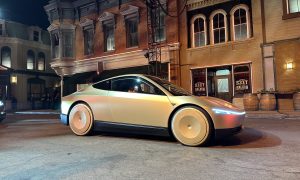
 Elon Musk2 weeks ago
Elon Musk2 weeks agoTesla reportedly suspended Cybercab and Semi parts order amid tariff war: Reuters
-
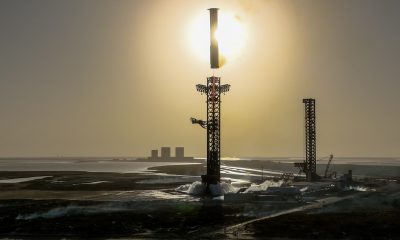
 SpaceX2 weeks ago
SpaceX2 weeks agoSpaceX pitches subscription model for Trump’s Golden Dome
-
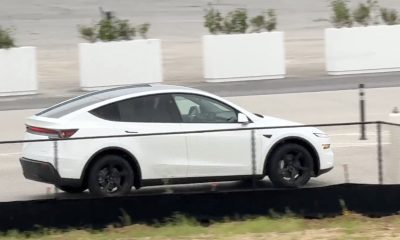
 News2 weeks ago
News2 weeks agoDriverless Teslas using FSD Unsupervised are starting to look common in Giga Texas
-
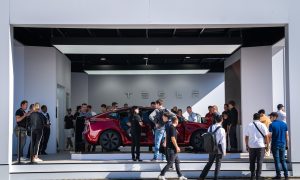
 News4 days ago
News4 days agoNY Democrats are taking aim at Tesla direct sales licenses in New York



